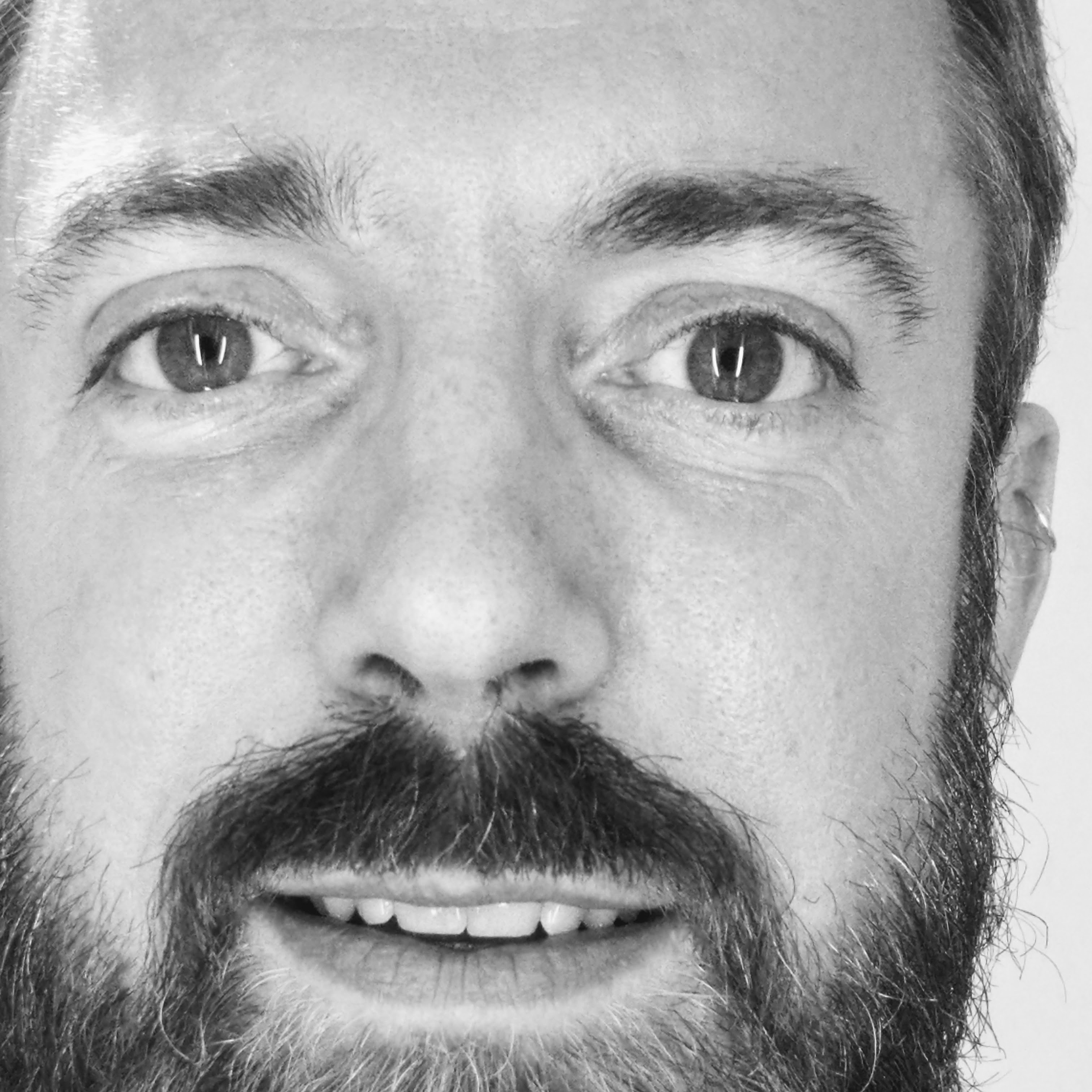I recently went to the third British Fascia Symposium (and yes, I do say that very carefully). The BFS happens every 2 years and is open to bodyworkers and movement therapists who have an interest in the body’s Fascial System. The organisers bring together a selection of experts in various fascia related fields, to give lectures and run workshops that the delegates can gain an understanding of the current research and also how that will have an impact in the therapy room or in class.
It’s a wonderful gathering of an extended fascial family, made up of bodyworkers and movement therapists, who I would love to spend an awful lot more time just hanging out with and getting to know better. I was quite amazed to realise the number of people I have met over the 6 years that I’ve been involved in the Myofascial world, and at events like this there never seems to be enough time to catch up with all of them. The photo below shows nearly all of the MFR practitioners at the BFS who have trained with John F Barnes in the USA.

This year was the first time that I went with two different, but related, hats: my Integrated Myofascial Therapist aspect and also my Yoga Teacher side. I am still working on getting these to be more integrated and so with that in mind I decided to get up extra early on the Saturday and attend a movement workshop with Gary Carter (NaturalBodies.co.uk) before the main conference started, as well as listening to him talk about the Myofascial Slings he is working with as a yoga teacher. Another area that will be very interesting to know more about (and a possible course in the future).
Dr Robert Schleip was the keynote speaker and he was discussing the fascia as a sensory organ. He is a very enthusiastic speaker, and with his background as a Rolfer/Feldenkreis teacher and now an Anatomist, he is very good at grounding the research that is currently happening with practicalities that therapists can utilise and suggestions on what we are seeing in clinic. He did discuss the repercussions of the announcemnt about the latest ‘organ’ in the body, called the Interstitium, that went viral on social media. He said that the researchers didn’t describe it as a new organ (the media did), they used new and very interesting imaging techniques to see this and that could be very useful in the future. He also said that the researches hadn’t been aware of the wider fascial research community, but they are now talking with people such as Carla Stecco to see how things pan out. There will hopefully be more information about it at the International Fascial Research Congress in Berlin this November.
There were lots of more practical lectures: a fascinating one from Daniel Lawrence, a physio, on tendons, their relationship to the fascial system and rehab for tendinopathies; on the Abdominal fascia and the viscera from Alison Harvey, in which I learnt a lot more about the structure of the abdomen; and then a practical workshop on approaches for treating headaches that are caused by issues in the neck, from the work of Til Luchau, who wasn’t able to be with us in person.
There was a lovely gala dinner in the evening where lots of merriment ensued, and I did shake out the cobwebs from sitting down all day by boogying away on the dance floor. I think there might (unfortunately) be some video evidence of me strutting my stuff, but I’ve been too embarrassed to search for it

On the second day we were treated to a talk by Carol Davis, who is a Professor Emeritus of antomy at Miami University; and a John F Barnes Myofascial Practitioner and teacher. This was the best received talk of the weekend (three standing ovations?!?!?!). Due to one technical difficulty after another, Carol Davis had no slides to go with her talk, just one short video. She did not need it at all, an amazing and spell binding 75 minute lecture that looked at the way that the interior of the cells, which include the energy creating mitochondria, have connections with the surrounding extra cellular matrix (though there is some disagreement as to whether these are fibres or microtubules) and that this space can be bound down with a reduced rate of flow that impedes proper cellular health. Carol puts forward the idea that the bodywork modalities help to get this flowing again and through the connections allow the mitochondria to receive the glucose and release the ATP more effectively.

The above photo shows one of a series of amazing pieces of fascia inspried art by Lucy Dunleavy. You can see more of them on her Facebook page or you can buy original paintings or prints via her website. I might have bought some (and I did ask her permission to share a picture of her awesome work).
It was a real shame to leave the BFS this year, and I am looking forward to the next one which should be in 2020. I don’t feel I had enough time to catch up with everyone I knew at the event, and would have loved to have connected with more people whilst I was there. If you were present and I missed you, sorry. Here’s to next time, at a course, or possibly at the International Fascial Reseach Congress in November.
Thanks for reading this, I hope it wasn’t too technical. I will be posting more about what fascia is, and how our lives influence it and are influenced by it in the near future.
Until then, thanks
Tim


